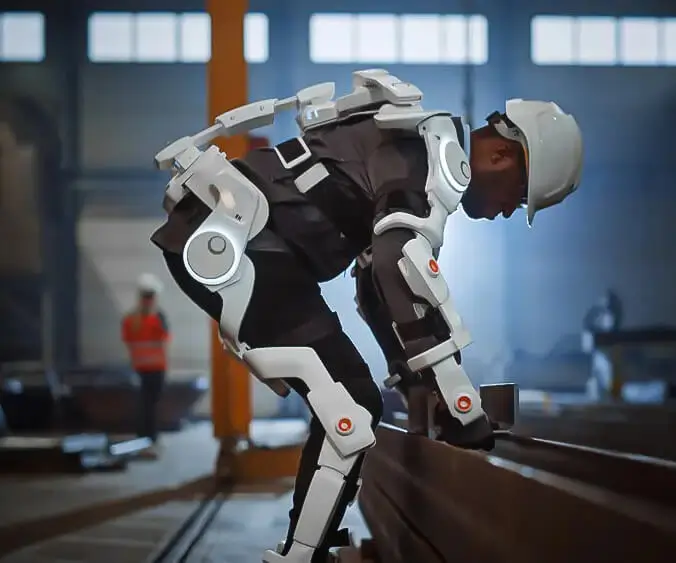Imagine you're sitting on your couch, scrolling through tech forums, wondering how to make your application's architecture less tangled, more nimble. That's where microservices and event-driven architecture come into play—two promising approaches that promise to give your system a boost. But which one actually fits your style? Let's dive into it.

Microservices are like a bustling city where each neighborhood handles its own business. Think of an e-commerce platform: separate tiny services manage user data, product catalog, shopping cart, and payment processing. They talk to each other through APIs, but each has its own codebase, database, and deployment cycle. The beauty? If checkout starts acting weird, you can fix or upgrade that tiny service without tossing the entire application into disarray. It's modular and scalable but requires a keen eye on managing these independent pieces—otherwise, chaos might creep in.
Now, what about event-driven architecture? Imagine a system where things happen because something else happened—like dominoes falling in sequence. Instead of direct calls, components emit events—"User signed up" or "Order placed," for instance—and other parts listen and react. It’s asynchronous, flexible, and ideal for real-time updates or systems that need to respond rapidly to changes. It’s almost like a living organism, constantly reacting to stimuli. But, watch out—if not managed properly, event storms could turn into a mess, making the flow harder to trace.
So, what truly sets them apart? When you’re building a complex system with clear, distinct functionalities that need independent scaling or deployment, microservices may be your best bet. But if your project needs to be highly responsive, adaptable, and event-driven workflows are more natural, then event architecture shines.
Still, it’s not about choosing one over the other blindly. Sometimes combining both yields the best results—think of microservices communicating via events. It’s a layered approach that offers flexibility and resilience, especially when dealing with cloud-native applications. Wouldn’t you want a system that scales effortlessly and responds swiftly to user actions?
Thinking about your next big project—what kind of flow does it need? Is data consistency king, or are real-time updates the priority? Asking these questions can shape your strategy. The landscape is vast, and understanding the nuances can keep you ahead of the curve.
And maybe, just maybe, the real magic happens when you tailor your architecture, blending what works best for you, instead of blindly following trends. Because at the end of the day, building software is like crafting a good story—each chapter should serve a purpose, flow naturally, and evolve with its characters. That’s the essence of choosing between microservices and event-driven design.
Established in 2005, Kpower has been dedicated to a professional compact motion unit manufacturer, headquartered in Dongguan, Guangdong Province, China. Leveraging innovations in modular drive technology, Kpower integrates high-performance motors, precision reducers, and multi-protocol control systems to provide efficient and customized smart drive system solutions. Kpower has delivered professional drive system solutions to over 500 enterprise clients globally with products covering various fields such as Smart Home Systems, Automatic Electronics, Robotics, Precision Agriculture, Drones, and Industrial Automation.




































